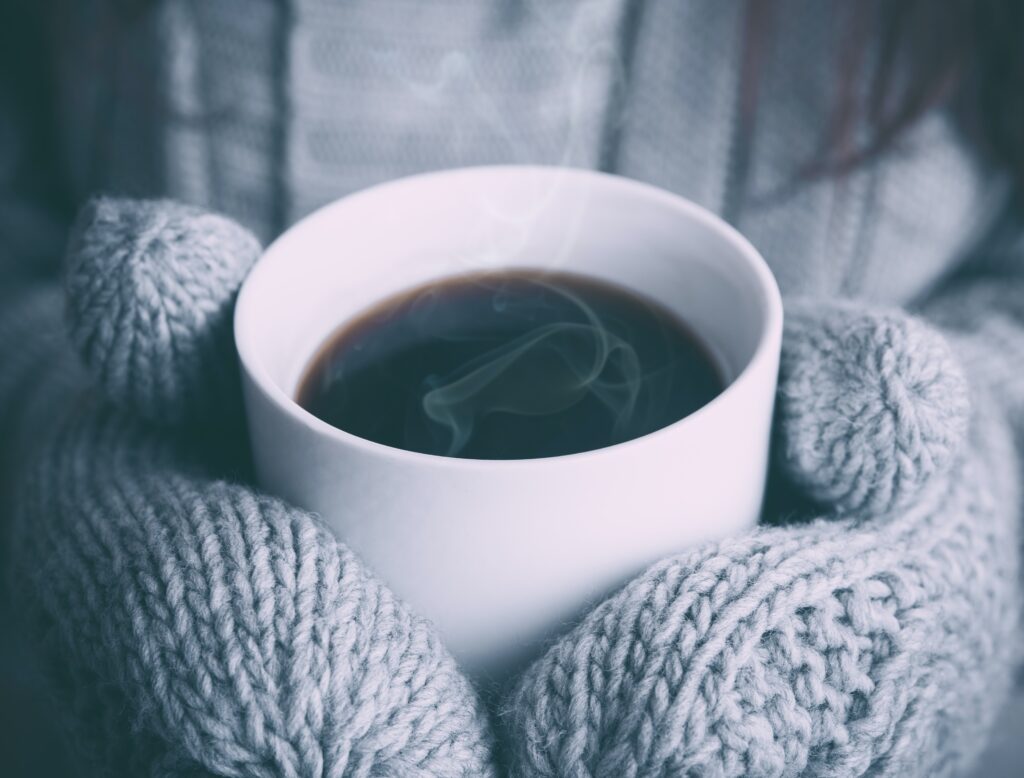Poor insulation in the home can be a surprisingly risky endeavor. Many people are unaware of the dangers associated with poor insulation. However, with around 90% of residential properties lacking appropriate insulation solutions in the US, it becomes essential to consider the real dangers posed by inadequate insulation. In this blog post, we will unpack the unexpected risks of poor home insulation so that homeowners can make informed decisions.

Higher Energy Bills
When insulation layers in your home are inadequate, warm air escapes through cracks and crevices, leading to an increase in energy consumption. As the air-conditioning or heater must work harder to keep the temperature of your home at the desired level, your energy bill is increased. This means you’re spending more money than you should be to maintain a comfortable temperature. In some cases, poor insulation may even lead to other costly repairs, such as repairing broken pipes or fixing frozen air conditioning units.
If you’re unsure of the insulation levels in your home, it’s important to have an inspection conducted by a qualified technician to assess the situation. Insulation levels can vary from region to region, so make sure you’re aware of the specific requirements for your area. You may also want to consider investing in upgrades such as extra layers of insulation or special insulation materials that are designed to help reduce heat loss.
Weakened Immune System
Studies have linked poor insulation to a number of health issues, including an increased risk of hospital admission.
A recent study compared hospital admissions between people living in well-insulated homes and those living in poorly insulated homes. The results showed that people living in poorly insulated homes had an increased risk of hospital admission for respiratory issues. The risk was highest among infants and young children, but adults were still at risk.
The study also found that people living in poorly insulated homes were more likely to be admitted for lower respiratory tract infections. This highlights how vulnerable infants and young children can be when it comes to their health being affected by poor insulation.
Allergies
Pests such as dust mites, cockroaches, and rodents are some of the most common allergens found in homes with poor insulation. These creatures hide in the crevices of insulation, where they can live and reproduce without being seen. They also produce allergens that can cause symptoms such as watery eyes, sneezing, coughing, and difficulty breathing. In some cases, these reactions can be severe and require medical attention. Even in a tidy and maintained home, it can be tricky to reduce allergy risks related to insulation issues.
![]()
Cancer
Under-roof insulation can often be made with asbestos, a naturally occurring mineral that was once widely used in construction because of its fire-retardant properties. Unfortunately, asbestos has been linked to an increased risk of developing certain cancers, including peritoneal mesothelioma and lung cancer.
Given the severe health risks associated with asbestos exposure, it’s essential to take steps to reduce or eliminate the presence of asbestos in your home. If you suspect that your insulation may contain asbestos, you should contact a professional to have it inspected and possibly replaced with a safer material.
It is, therefore, important to ensure that your home’s insulation is up-to-date and of the highest quality. Regular maintenance and inspection are recommended to make sure your home is safe and comfortable. Investing in your home’s insulation can help protect you and your family from unexpected risks.
